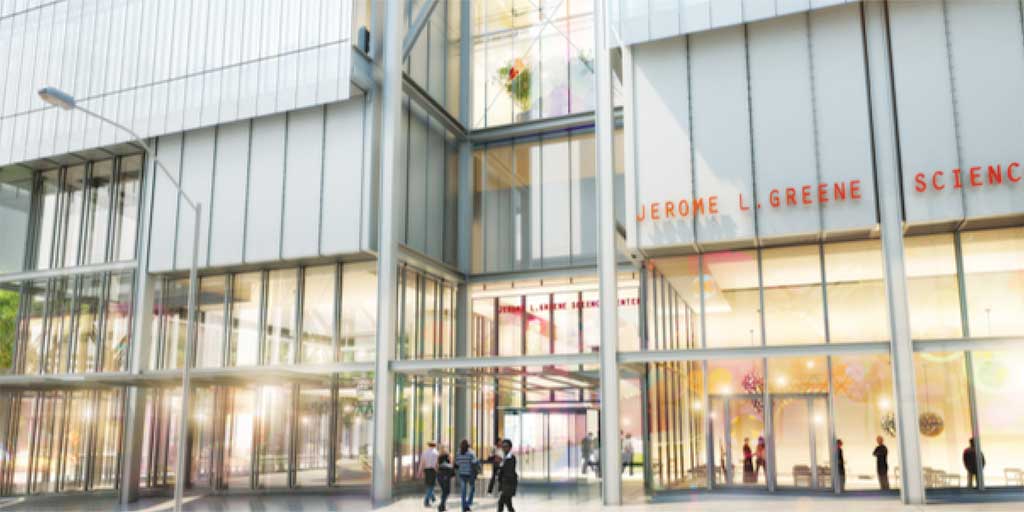When the U.S. Supreme Court declined to hear the appeal regarding Columbia University’s land and property seizures through eminent domain practices, many Harlem residents, business owners, and community group members went numb with tiring disbelief.
Prior to when the New York State Court of Appeals rendered its decision in favor of Columbia’s eminent domain practices, groups like Manhattan Community Board 9, the Student Coalition on Expansion and Gentrification at Columbia, Harlem Tenants Council, Stopcolumbianow.org, and the Coalition to Preserve Community fought the good fight against Columbia’s expansion efforts, much of which they deemed unfair. These groups vocalized community concerns, spoke truth to power at every forum imaginable, searched for concrete answers, and sifted through the legal mumbo-jumbo they were given — trying to gain a grasp on what has been happening and what was scheduled to happen to the community since 2007, (when New York City approved Columbia’s northward expansion into the area known as Manhattanville).
Seven years later, the people of Harlem sit on their hands, while Columbia bulldozes forward with its $6.3 billion satellite campus expansion. The project is to include laboratories, housing, and arts, science, and business facilities for the University, in a 17-acre area west of Broadway and north of 125th Street. The project is expected to unfold over a span of several decades.
Meanwhile, displaced Black, brown, and poor residents scurry to the outer boroughs in search of refuge. Current residents endure the noise and air pollution produced by relentless construction work, and the small businesses that remain struggle to keep afloat in the gentrified moat that is 21st century Harlem. Columbia University and its staunchest allies periodically pump leaflets, newsletters, and mass emails into the community to promote as well as inculcate points from the infamous Community Benefits Agreement (CBA). Its latest dose, released in September 2013, is titled “Growing Together: An Update on Community Services, Amenities, and Benefits of Columbia University’s Manhattanville Campus in West Harlem”.
The purpose of the CBA was to throw the people of West Harlem the proverbial bone, (considering the years of harassment, aggressive land takeover, and strife that many community members have endured since Columbia first announced its plans at the start of the century). Columbia’s original list of concessions in its coveted West Harlem CBA of May 2009 was fifty pages long. The update is twenty pages full of ghostly images of people communing in harmony, amid Columbia’s magnificent architectural renderings.
Manhattan Community Board 9 pleaded for transparency regarding Columbia’s dealings, and demanded that the community’s vision be incorporated into Columbia’s 2009 plans. According their website, the West Harlem Development Corporation (WHDC) “was born from the need to implement the deliverables and expectations of the May 18, 2009 CBA between Columbia University and West Harlem Local Development Corporation.” The West Harlem Development Corporation emerged to oversee the $150 million disbursement of funds promised to the Harlem community through grants, scholarships, and community programs.
Marlene Naanes, Manager of Communications and Community Relations at the WHDC insists that Columbia is doing right by the citizens of Harlem, with regards to promises the University has made through the CBA. However, residents and minority business associations have long anticipated seeing concrete evidence of such. Ms. Naanes asserts, “The principal vehicle is the $76 million Benefit Fund payout by Columbia University over 16 years starting in 2009. To date, Columbia has made six installment payments and WHDC has every reason to believe that all the $76 million will be distributed. WHDC has given $3 million to 110 organizations to help programs in the areas of education, employment, and housing.”
According to its September 2013 CBA update, “The University has committed to significant [Minority, Women, and Local Businesses] goals throughout the course of the project: MWL construction trade contracting goal of 35 percent and MWL construction trade workforce goal of 40 percent.” Columbia has promised engineering scholarships for minorities, summer internships for high school students, summer jobs for local youth, and access to the University’s facilities for local teachers and high school-aged students in need of help. Columbia also claims that it has paid $10 million in escrow with New York City for an Affordable Housing Fund.
Employment, education, and affordable housing have been major contentious issues between the Harlem community and Columbia University, but so have administrative concerns. Community members have questioned the integrity of major players, like the WHDC and the Empire State Development Corporation, whose dealings and findings mostly have benefited the University. Early on, community groups quickly grew leery of University President Bollinger’s all-or-nothing stance regarding building plans during the negotiation phase.
The Jerome L. Greene Science Center is the first Manhattanville building constructed, and it is scheduled for completion in 2016. According to University reports, the center will be an “interdisciplinary hub” and will house the University’s Mind, Brain and Behavior Initiative. It remains to be seen how such a massive science center and similar facilities that are slated to follow will benefit the Harlem community.

